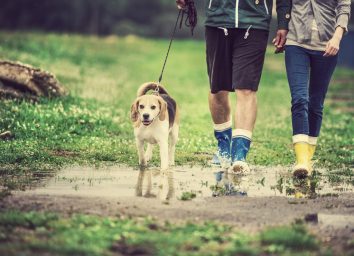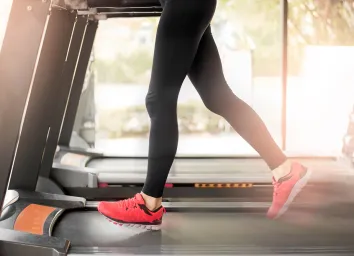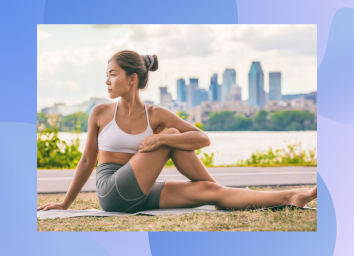Secret Side Effects of Walking With Your Shoes Off, Says Science
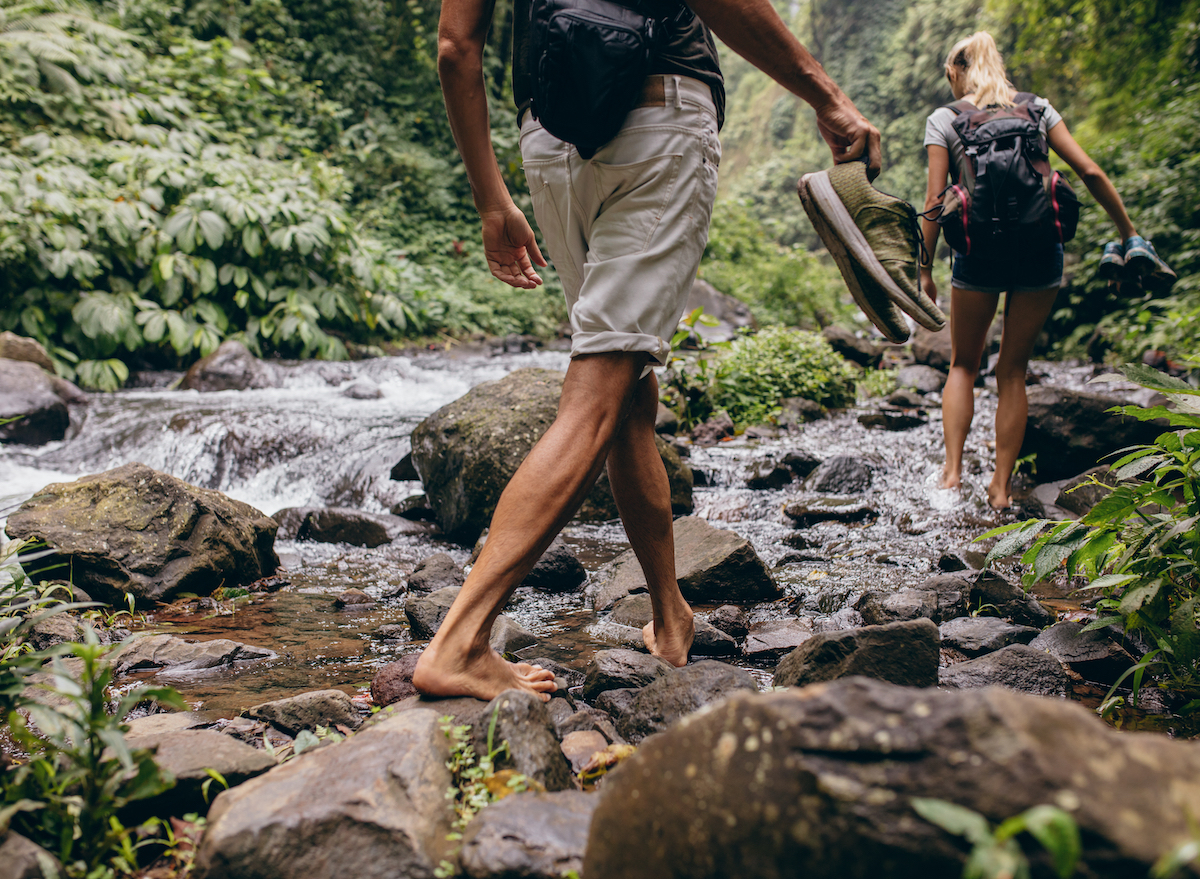
Anyone else remember when barefoot-style running shoes were all the rage? I still can't get the image of the individual toe segments out of my mind, and it's been at least 15 years since I've last seen someone wear them. Trust me, they weren't an aesthetic choice, but rather one consciously made for potential health benefits.
Going barefoot can improve your balance and posture, argue proponents like Patrick McKeon, Ph.D., an associate professor at Ithaca College School of Health Sciences and Human Performance. It works the muscles in your foot that control these functions. (These muscles that are usually cushioned and supported by your shoes and typically don't get a lot of love.)
There's also a more spiritual element at play with going barefoot. Walking without shoes through nature can help you feel more connected with the Earth, some people argue, which can benefit physical and emotional health.
However, there's not a ton of robust, clinical research investigating the potential impacts and benefits of ditching your shoes and going barefoot. But here are some of the potential side effects of walking barefoot without shoes, according to science. And for more walking-related intel, check out: Incredible Things That Happen When You Walk More, Say Experts.
You may have better control of your gait
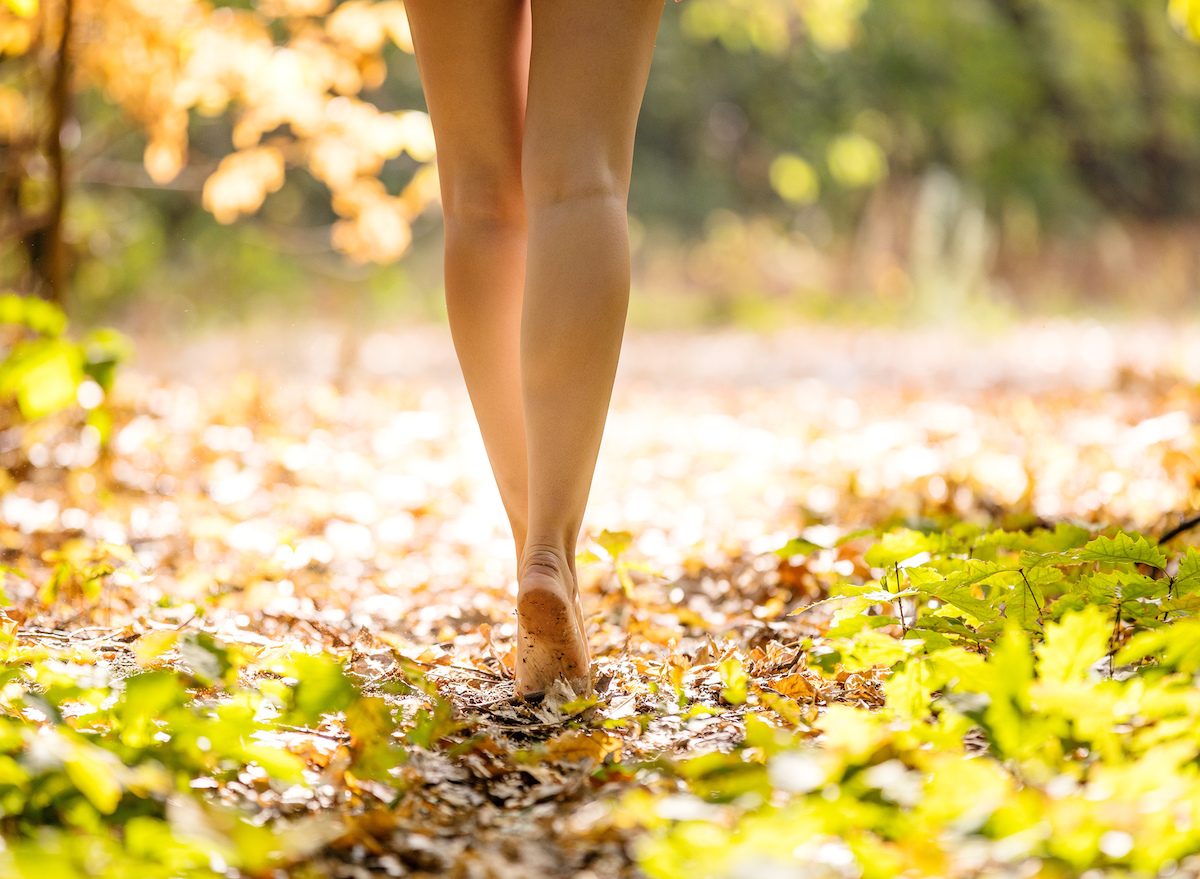
"In theory, walking barefoot more closely restores our 'natural' walking pattern, also known as our gait," orthopedic surgeon Jonathan Kaplan, MD, told the Tennessee Chiropractic Association. This theoretically might help people have better control of their foot position and improve balance, among other potential benefits. Read more: This 7-Minute Walking Trick Could Add Years to Your Life, Says Study.
It Could Potentially Widen Your Feet
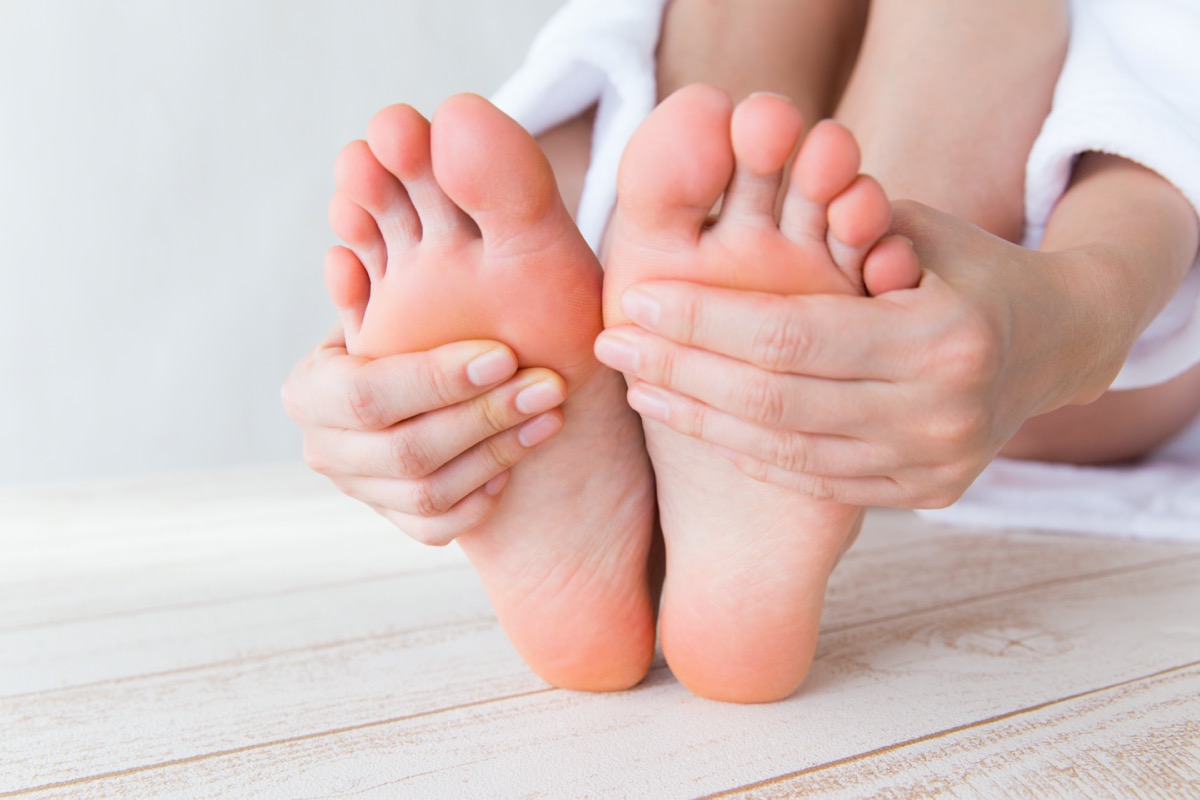
Now, you'd have to go barefoot quite a lot to experience this effect, but according to studies of habitually barefoot Indian populations—including this one published in the journal Footwear Science—moving through life without shoes on was associated with a wider foot shape overall, and having feet that work in a far more biomechanically efficient way.
"Barefoot walkers had wider feet and more equally distributed peak pressures, i.e. the entire load carrying surface was contributing more uniformly than in habitually shod subjects, where regions of very high or very low peak pressures were more apparent," writes the study. "Western subjects differed strongly from both Indian populations (and most from barefoot Indians), by having relatively short and, especially, slender feet, with more focal and higher peak pressures at the heel, metatarsals and hallux."
Ultimately, though the study found that wearing shoes was crucial for activities such as exercise, "current data suggests that footwear that fails to respect natural foot shape and function" will ultimately transform the shape and behavior of your feet.
It might protect your joints
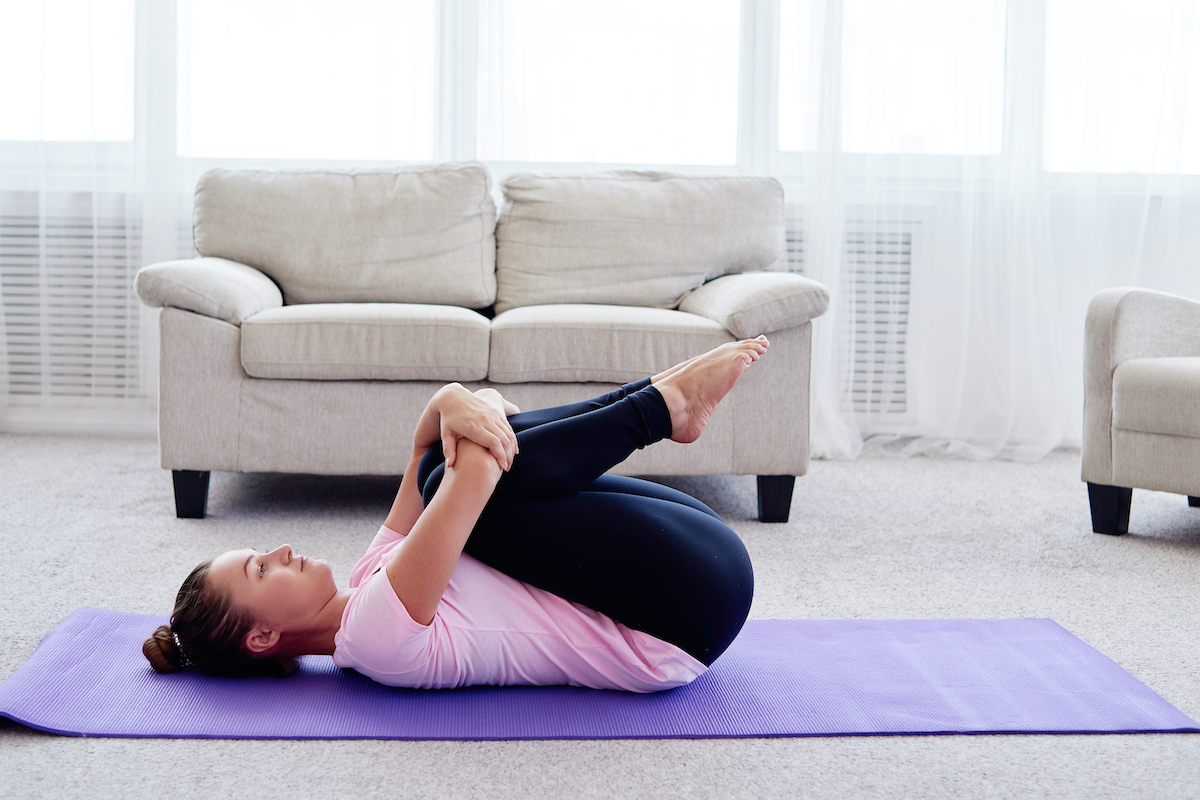
There's also some evidence that experienced barefoot runners have a different foot strike that potentially protects them from impact-related injuries. "The energy that gets shot up your leg is about three times bigger in a cushioned shoe than if you're barefoot," researcher Daniel E. Lieberman told Scientific American in 2019. This potentially could affect joints and contribute to issues like arthritis, he added, although more research needs to be done to confirm the connection. Read more: The Startling Reason Why You Shouldn't Exercise More Than 5 Times a Week.
It may provide health benefits
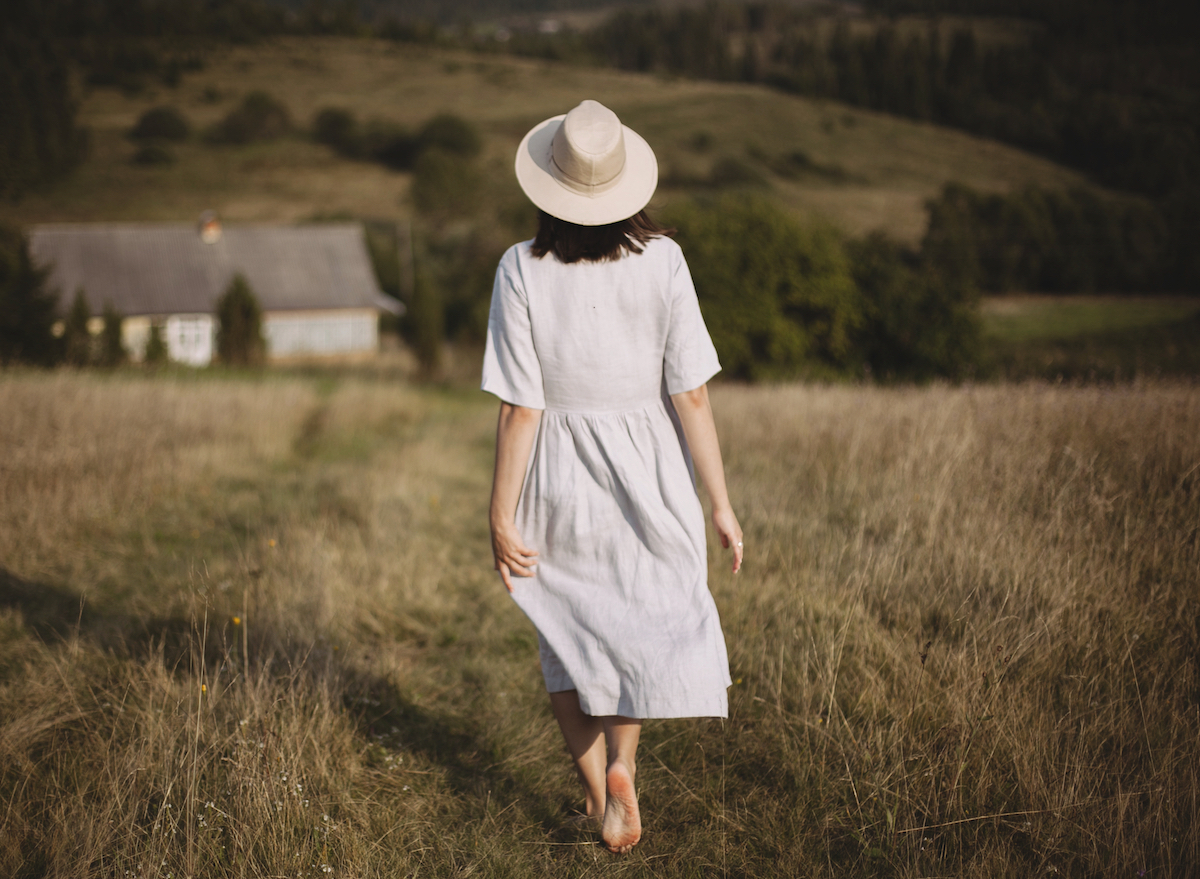
The act of walking barefoot is a key part of grounding or earthing—aka physically connecting your body with the Earth. By being barefoot, the theory goes, you're able to pick up (and benefit from) electrons from the ground. These alleged benefits include improved sleep, reduced pain and inflammation, and more. However, much more robust research needs to be done to confirm these lofty claims.
"The consensus is that [grounding] not curative," board-certified neurologist Ilene Ruhoy, MD, Ph.D., told MindBodyGreen, "but can be recommended within an integrative plan for mostly preventive but also therapeutic, health management.
However, it puts you at risk for injuries
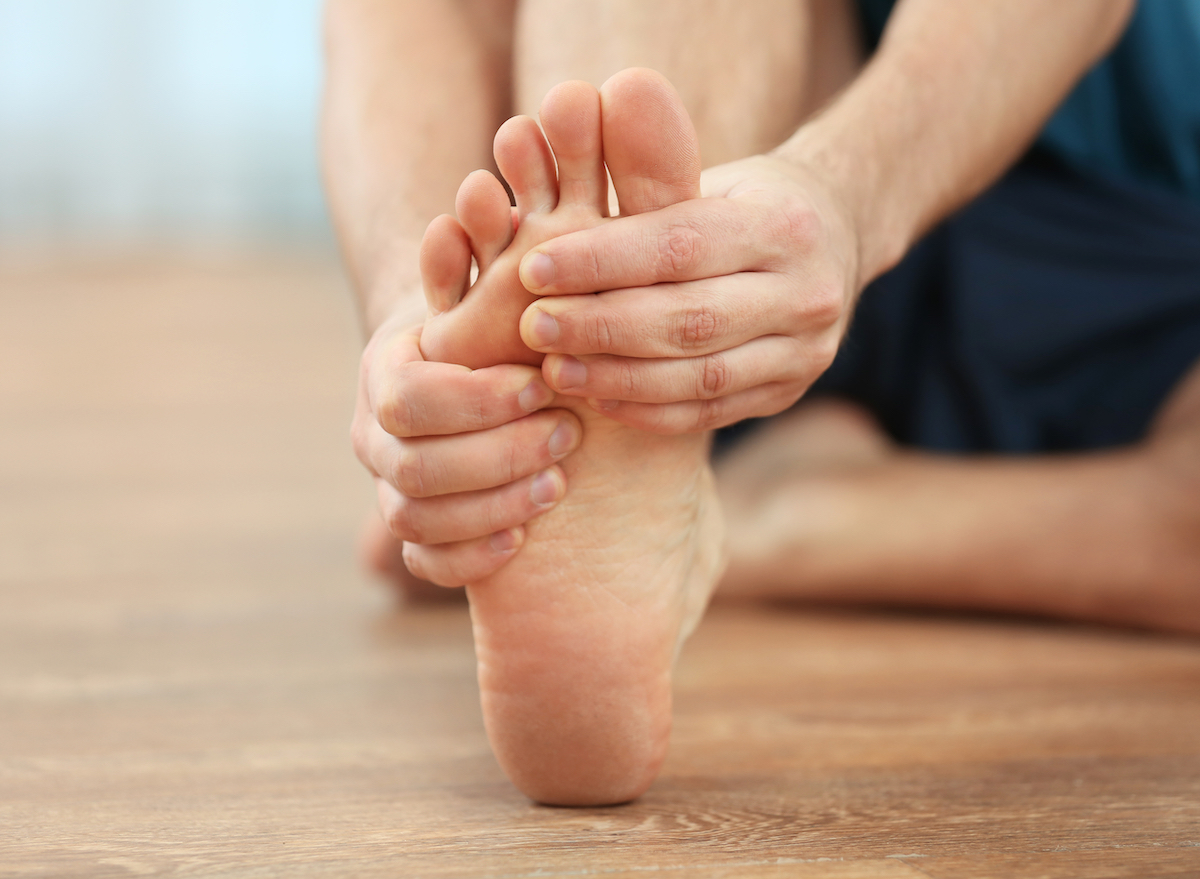
However, there's a pretty good reason why most people don't walk barefoot on the daily: you could hurt yourself. You could stub your toe (which is the most common way to break it, I have personally learned), or step on something sharp that cuts or punctures the skin.
Plus, the act of walking barefoot can strain your bones and muscles. "Walking barefoot on hard surfaces causes our foot to collapse, which can lead to a tremendous amount of stress not only to the foot but to the rest of the body too," writes Miguel Cunha, DPM, a podiatrist based in New York City. The biomechanics of your gait have to change to compensate. Over time this can lead to heel or arch pain, shin splints, and tendonitis, he says. Read more: Secret Side Effects of Taking a 20-Minute Nap, Says Science.
And fungal infections
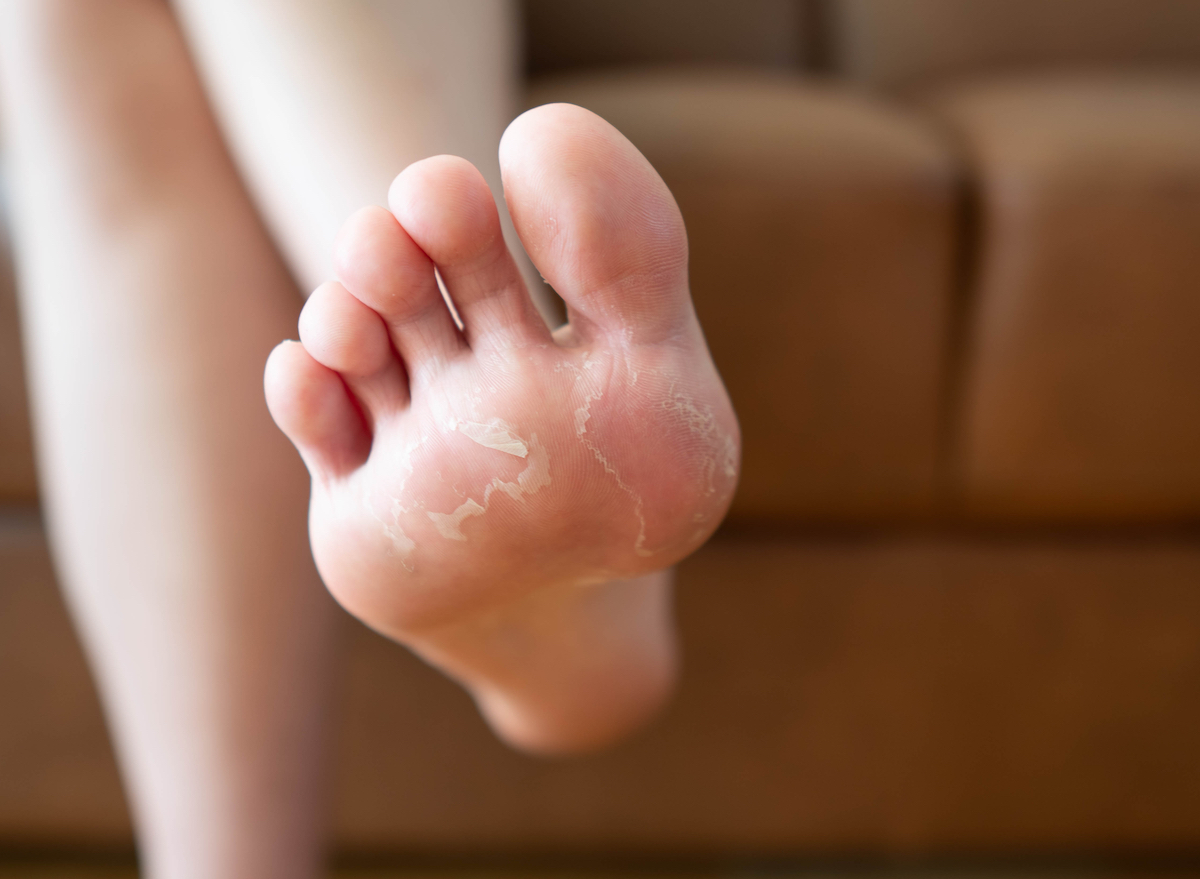
Walking without shoes—especially in damp places like public pools, showers, etc.—can unnecessarily increase your risk of fungal infections like athlete's foot. There are some other gnarly germs you can pick up from walking barefoot, per Men's Health, such as drug-resistant staph bacteria and hookworm. So please, please don't forget your flip-flops in the gym locker room. Read more: These Are the Workouts You Should Never Do Alone, Say Experts.
If You're Older, You're at Greater Risk of Falls
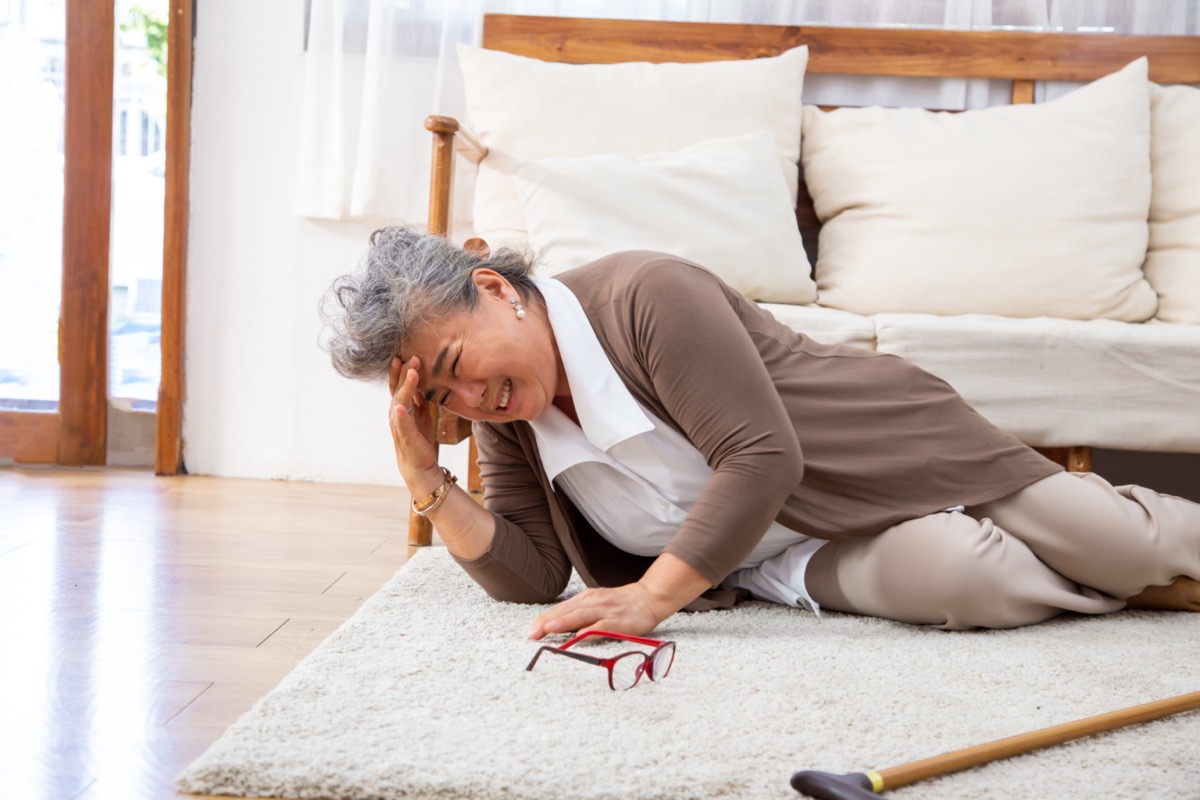
A much-publicized study published in 2010 in the journal Footwear Science analyzed the relationship between falls at home among 765 elderly participants and whether or not they wore shoes, socks, or went barefoot throughout the day. The study found that, in the case of in-home falls, more than half of the participants (51.9%) were barefoot at the time, or just wearing socks or slippers. "It may be advisable for older individuals to wear shoes in their home whenever possible to minimize the risk of falling," concluded the study. And if you love to walk, make sure you're aware of The Secret Cult Walking Shoe That Doctors Are Obsessed With.
